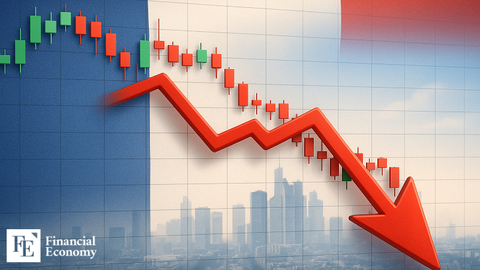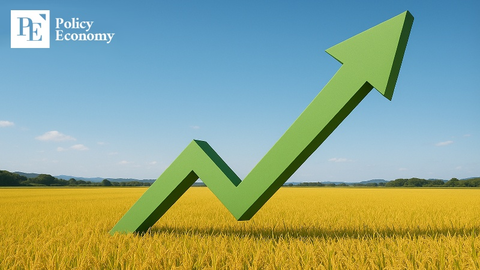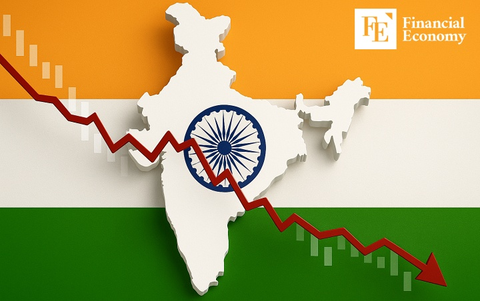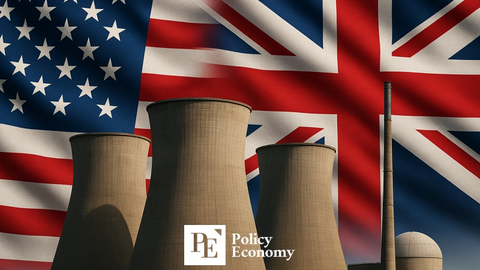Will the U.S.-China Trade Clash Become a Turning Point in the Restructuring of Global Supply Chains?
Input
Modified
Trump Slaps 145% Tariff on Chinese Imports Beijing Gears Up with Market Diversification and Rare Earth Controls China Expands Trade Safety Nets Amid Export Decline Concerns

The United States and China have entered a dangerous phase of economic confrontation. With President Donald Trump pushing ahead with a hardline policy to impose tariffs of up to 145% on Chinese imports, tensions between the two global powerhouses are intensifying. But in this trade clash, some observers believe China may have the upper hand—for now.
Despite its reliance on the U.S. as a major market for its manufactured goods, China is leveraging a set of powerful assets: a centralized political system, a broadly diversified export portfolio, and substantial control over rare earth resources. These strengths give Beijing critical negotiating leverage, even as it prepares to absorb the impact of Trump’s aggressive trade policies.
Trump Imposes 145% Tariff on Chinese Imports
On April 15, the Financial Times reported that the US's concerns about deepening its economic dependence are front and center. Marta Bengoa, a professor of international economics at the City University of New York, explained that the United States may be more vulnerable in this trade war than many realize. “China can more easily procure agricultural products elsewhere than the U.S. can substitute electronics and machinery,” she noted.
She also pointed out that China has already begun sourcing soybeans from Brazil—evidence of its growing strategic flexibility.
The numbers tell a compelling story. In 2024, China recorded a $300 billion trade surplus with the U.S., with approximately 15% of its total exports destined for American consumers. Trump's proposed 145% tariffs are expected to put a serious dent in this flow. Analysts at Goldman Sachs estimate that between 10 to 20 million Chinese workers are employed in sectors tied to exports to the United States. The combined effect of rising tariffs, falling export volume, and a slowing global economy could place enormous pressure on China’s labor market and broader economy.
China Prepares Countermeasures, Including Market Diversification and Control Over Rare Earth Elements
Despite the looming economic strain, China is not without defenses. A key strategic asset lies in its dominance over rare earth elements, essential components in everything from smartphones to electric vehicles and military technology. China accounts for more than two-thirds of global rare earth production and over 90% of processing capacity. Even Trump acknowledged this strategic vulnerability when he excluded key minerals from the first round of tariffs.
China has recently escalated its use of this leverage by tightening export controls on seven rare earth elements, including dysprosium and terbium, both crucial for advanced manufacturing. These restrictions provide Beijing with a powerful tool to influence key global industries and apply economic pressure in return.
At the same time, China is actively reducing its reliance on the American market. In response to earlier tariffs during Trump’s first term in 2018–2019, China began shifting manufacturing bases to countries like Vietnam and Cambodia, creating a supply chain that allows for re-export to the U.S. through regional partners. This approach, known as tariff circumvention, has proven effective. According to U.S. government data, China’s share of U.S. imports dropped from 21% in 2016 to 13.4% last year.
China’s trade and investment strategy in Southeast Asia continues to deepen. With a population nearing 698 million, the ASEAN region offers an attractive combination of demand, labor, and political stability. Ho Ee Khor, Chief Economist at the ASEAN+3 Macroeconomic Research Office (AMRO), stated that products like solar panels, electric vehicles, and batteries are increasingly well-suited for regional markets, helping both sides reduce their dependence on the U.S.
In parallel, Chinese companies are exporting raw materials to Southeast Asia and expanding operations in labor-intensive countries like Vietnam. AMRO estimates that China’s direct investment in ASEAN has doubled since the pandemic, reinforcing its long-term strategy of regional integration and economic resilience.
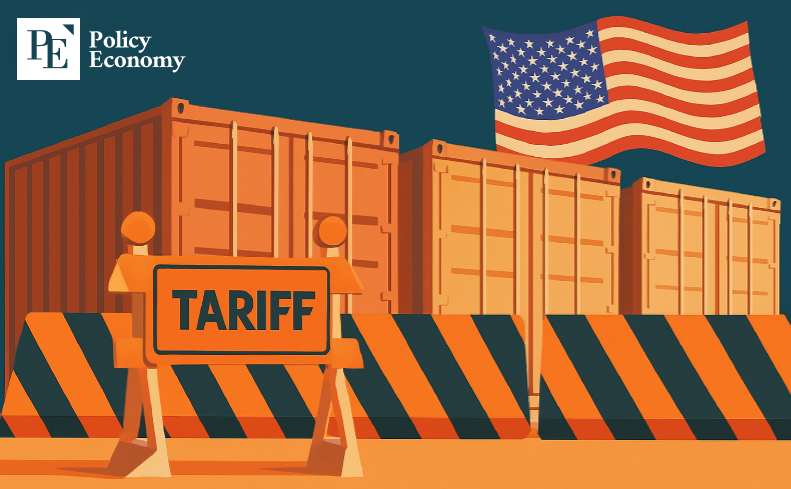
Amid Fears of Export Decline, China Expands Trade Buffer Mechanisms
China's efforts to shield itself from American tariffs extend beyond Asia. The country is deepening trade ties with Brazil, particularly in the agricultural sector. As the trade war disrupts traditional U.S. exports of soybeans and beef, Brazil has emerged as a vital alternative supplier.
According to the South China Morning Post, senior agricultural officials from China and Brazil are scheduled to meet in Brasília to discuss expanding agricultural exports. Topics on the table include increasing Brazilian crop production and resolving recent disputes over the approval of meat processing plants, 28 of which were rejected by China due to technical and hygiene concerns.
Brazil is rapidly positioning itself as a major beneficiary of China's pivot away from U.S. agricultural imports. However, the shift presents domestic challenges. Brazilian President Luiz Inácio Lula da Silva is under pressure to balance rising export volumes with concerns over local food prices and inflation.
The meeting will also explore China’s 10-year agricultural development plan, a national strategy to secure food self-sufficiency by 2035. The plan focuses on boosting agricultural innovation, increasing domestic grain and meat production, and improving overall productivity.
Larissa Bachholz, a researcher at Brazil’s Center for International Relations and former advisor on China relations for the Brazilian Ministry of Agriculture, underscored Brazil’s strategic role:
“Amid the tariff conflict between China and the United States, Brazil must reaffirm its role as a stable partner. This meeting is an opportunity to build trust and make clear that any future U.S.-China agreements should not come at Brazil’s expense.”
The U.S.-China trade clash is no longer just about tariffs—it is a global power struggle with lasting implications for supply chains, economic partnerships, and trade security. As China pivots toward strategic resilience and regional integration, and the U.S. doubles down on protectionism, the rest of the world is watching—and adjusting accordingly.



